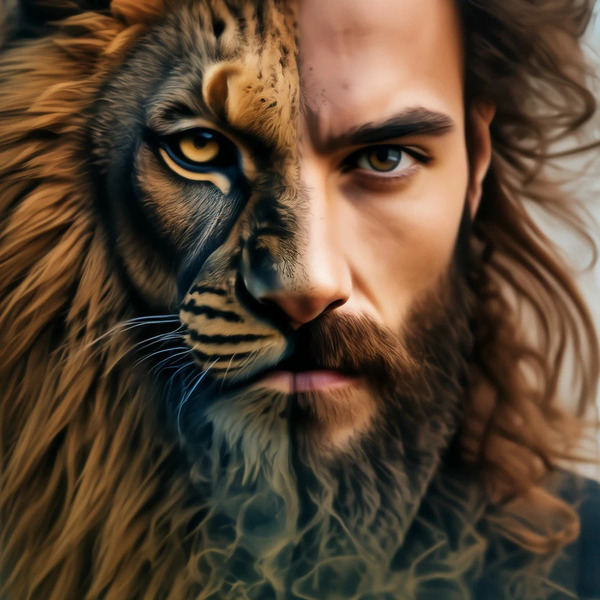Introduction
Human with Animal Features: What Does It Mean?
Animal with Human Features: The Flip Side
Anthropomorphism vs. Zoomorphism: Key Differences (with Table)
Hybrid Creatures in Mythology and Pop Culture
Real-World Science: Gene Splicing and Ethical Concerns
Why Are We So Fascinated?
Conclusion
Ever wondered why so many myths, movies, and artworks feature characters that blur the line between human and animal? Whether it’s a mermaid, a werewolf, or a talking animal in your favorite Disney movie, these hybrid creations spark our curiosity. In this article, we’ll dive into the concept of humans with animal features and animals with human traits, explore their cultural and scientific significance, and compare their roles in mythology, pop culture, and even biology.

"Humans with animal features" refers to people or characters that have traits or physical features resembling animals. These traits could include pointed ears, tails, fur, or even behavioral instincts. Think of characters like:
Catwoman: Sleek, agile, and cunning.
Werewolves: Humans who transform into wolf-like creatures under the full moon.
Anime Hybrids: Popular in Japanese animation, featuring characters with animal ears or tails.
This concept is often linked to fantasy and mythology but also delves into our primal instincts as humans. It taps into the idea of blending human intelligence with animal strength or speed.
On the other hand, animals with human features or traits are everywhere in literature and pop culture. This includes:
Talking animals: Like Simba from The Lion King.
Mythical creatures: Think sphinxes or griffins.
Personified animals in art: Representing human emotions or societal roles.
This approach, called anthropomorphism, gives animals human-like qualities like speech, emotion, or even humor. It’s a way to make them relatable or to teach moral lessons (e.g., Aesop’s Fables).
So, how do anthropomorphism and zoomorphism differ? Let’s break it down:
| Aspect | Anthropomorphism | Zoomorphism |
|---|---|---|
| Definition | Giving animals human traits. | Giving humans animal traits. |
| Examples | Talking animals, emotional pets. | Werewolves, humans with tails or fur. |
| Common in | Children’s stories, Disney movies. | Mythology, fantasy, and science fiction. |
| Purpose | To make animals relatable. | To explore human instincts or hybrid strength. |
Hybrid creatures have captured our imagination for centuries. Here are some popular examples:
Centaurs: Half-human, half-horse, symbolizing balance between intellect and primal instincts.
Mermaids: Humans with fish tails, embodying mystery and allure.
Chimera: A mix of multiple animals, often feared for its strength.
Beast (Beauty and the Beast): A prince cursed to have animal features.
Rocket Raccoon (Marvel): An intelligent raccoon with human-like emotions.
Sonic the Hedgehog: A mix of speed and human traits, beloved in gaming.
Moving beyond fiction, science has begun to explore human-animal hybrids. Technologies like CRISPR allow genetic modifications that could theoretically combine traits from different species. For instance:
Humanized mice: Used in medical research.
Pigs with human organs: For transplantation.
But this raises huge ethical questions:
Is it right to create hybrids for science?
How do we define the line between human and animal?
Our obsession with hybrids might stem from:
Curiosity: We love exploring the "what ifs."
Fear: Hybrids often represent our fear of the unknown or of losing control.
Connection: Anthropomorphism helps us bond with animals emotionally.
Hybrids also let us imagine a world where strengths are shared—a mix of human intelligence and animal resilience.
Whether you’re intrigued by werewolves, enchanted by talking animals, or curious about scientific breakthroughs, the world of hybrids has something for everyone. These fascinating concepts not only entertain us but also challenge our understanding of what it means to be human—or animal.
By exploring the cultural, scientific, and philosophical layers of human-animal hybrids, we gain a deeper appreciation for both our shared traits and unique differences.
What’s your favorite hybrid creature? Let us know in the comments!
animal tags: animal-features human-features
We created this article in conjunction with AI technology, then made sure it was fact-checked and edited by a Animals Top editor.